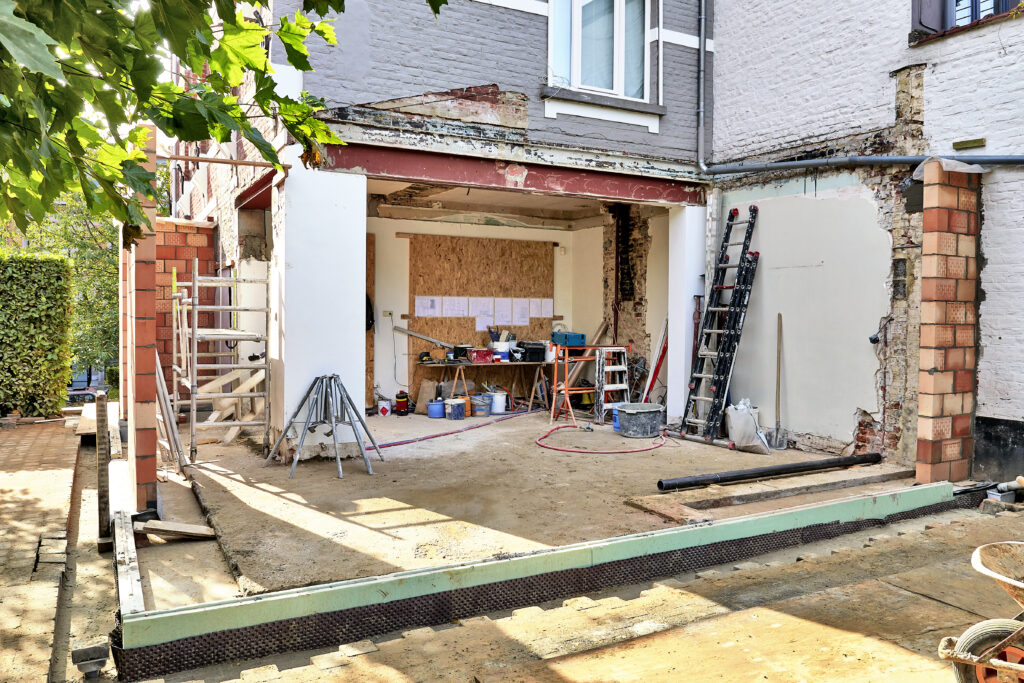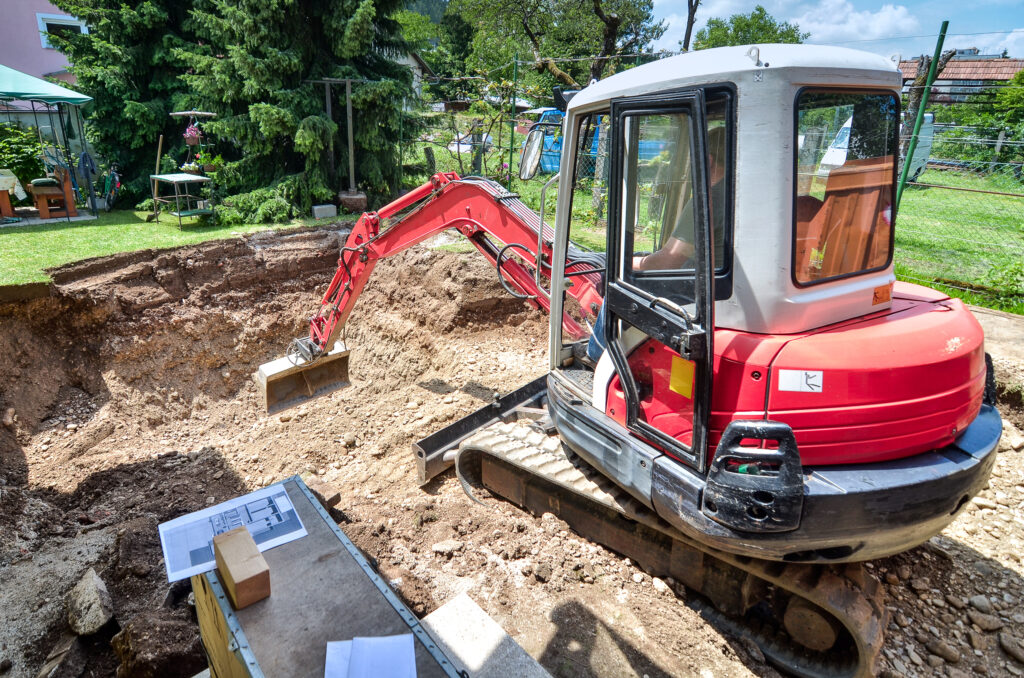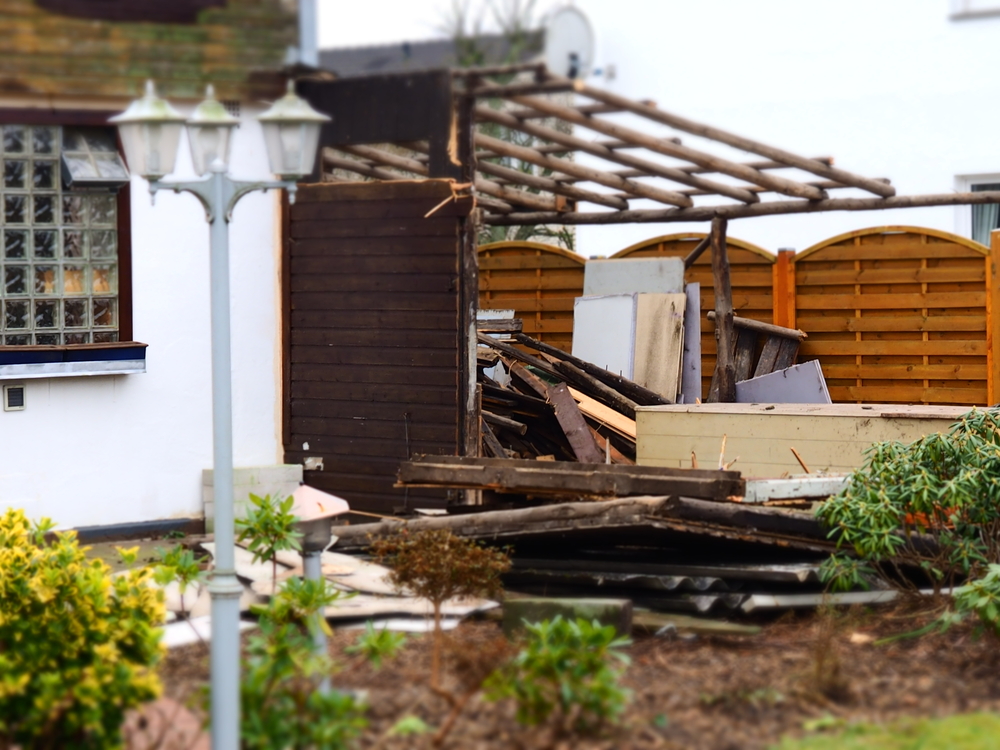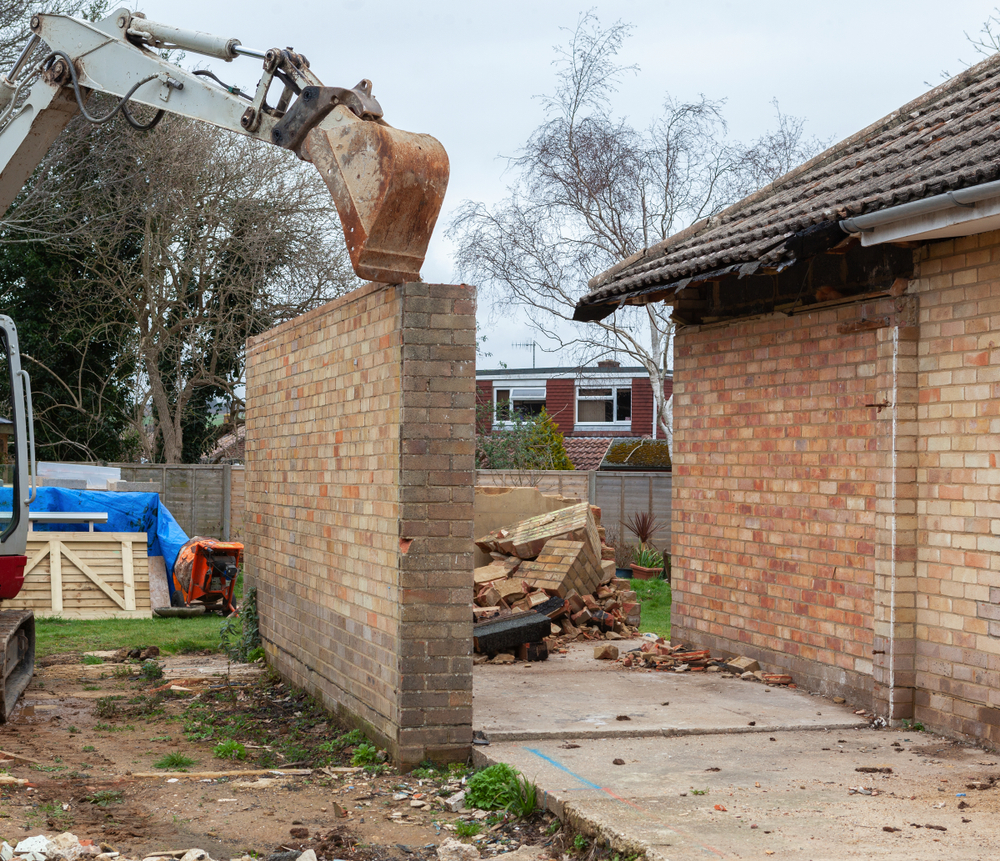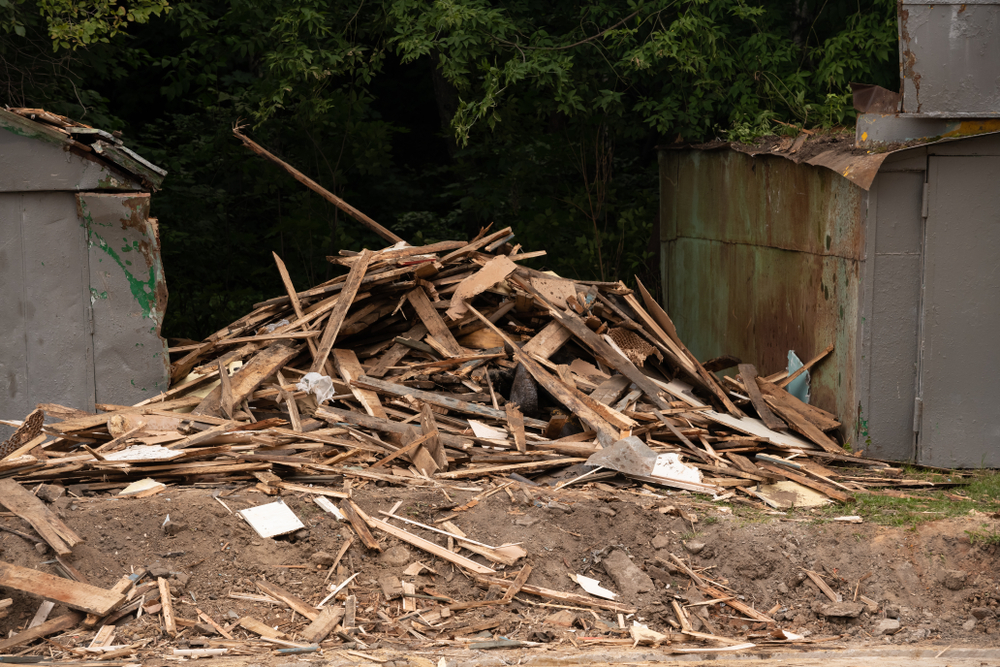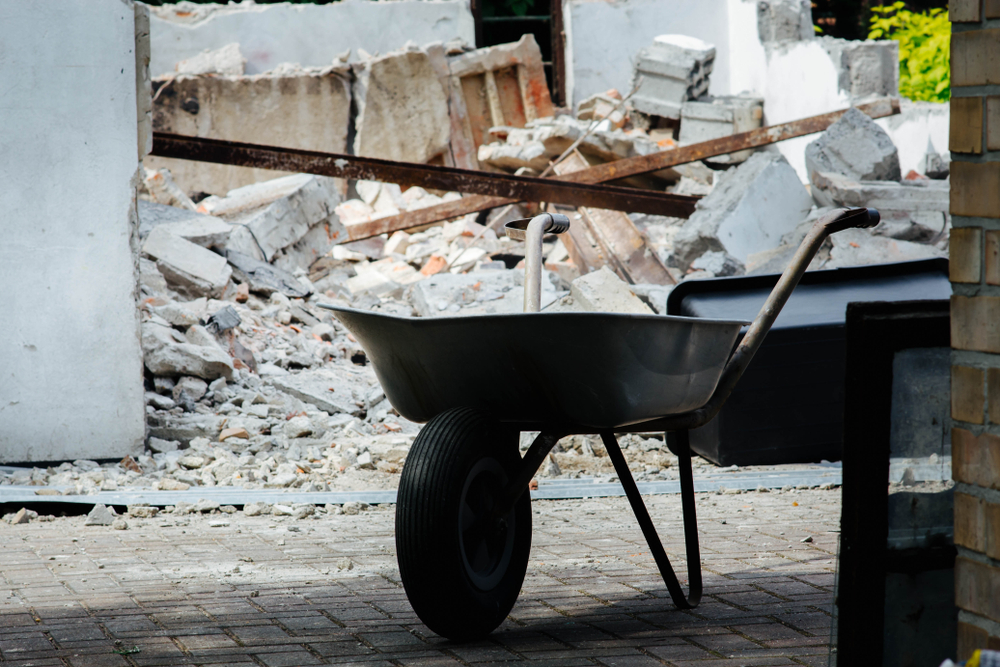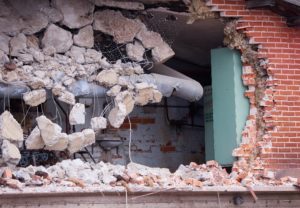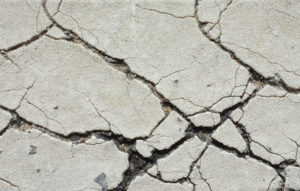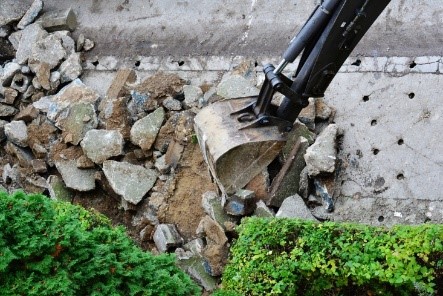
When there are sunken slabs and deep cracks forming in concrete, these signs are indicating that a concrete demolition may be in your future. Although concrete is meant to be durable and long lasting, this hardened mixture is still prone to cracking. The wear and tear of your concrete can depend on a number of factors, such as moisture and temperature. Continue reading to learn about which signs you should look for when it’s time for a concrete demo.
1. Sunken Slabs
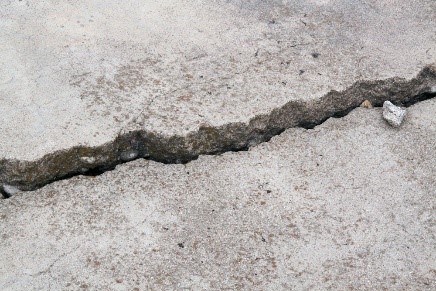
Poor sub grading or wet, loose dirt can cause sunken slabs. This affects the surface of the slab, which can lead it to sink and be dangerously uneven. If this problem is not solved, it can become a hazard. With a concrete demolition, the entire slab is removed, which gives you a fresh start for reinstallation.
2. Pitting and Spalling
If there are pieces of concrete falling off, then the surface is pitting or spalling. This is mainly due to freezing and thawing of the concrete, which can happen during New York City’s cold winters. Poor insulation may also be a culprit. However, when spalling becomes widespread, it’s best to have concrete demolition done to prep for a replacement.
3. Deep Cracking
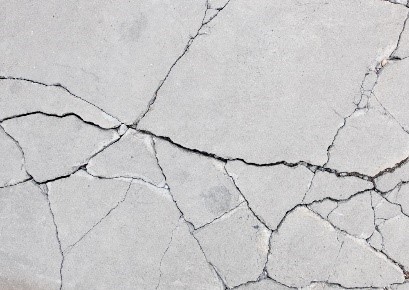
Cracking shouldn’t be a concern for the most part. Yet, deep cracks that are ignored can be an issue. When cracks are not fixed, this is an easy way for moisture to seep in the spaces and cause the cracks to worsen. Concrete demolition comes into play when the severity of the concrete is exceeds a certain level.
4. Tree Roots
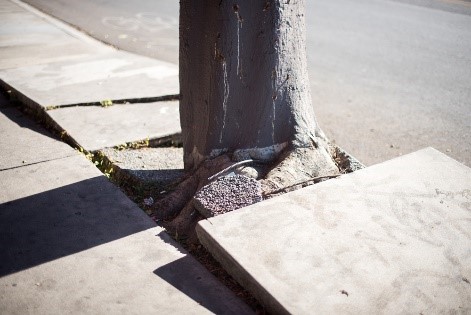
Tree roots can lift portions of concrete if they have no where to go. When the root system underneath is tearing up concrete, it may be time for a demolition. The concrete demo process gets rid of the old concrete and provides accessibility for the roots to either be removed or worked around when pouring new concrete.
Conclusion
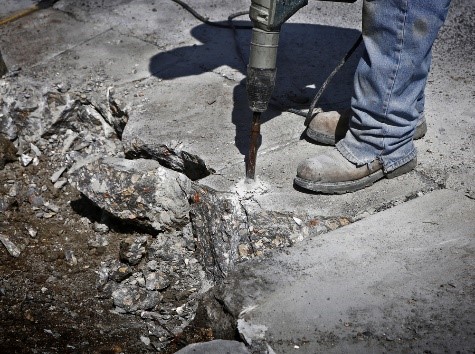
When it comes to concrete demolition, you can expect professional results with Morgan Services Group. We offer reliable demolition services for buildings and properties across New York City. Let us coordinate your demolition project today – give us a call at +1 855 800 DEMO (3366)!

